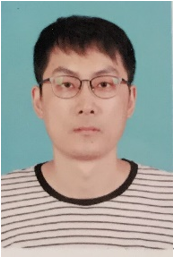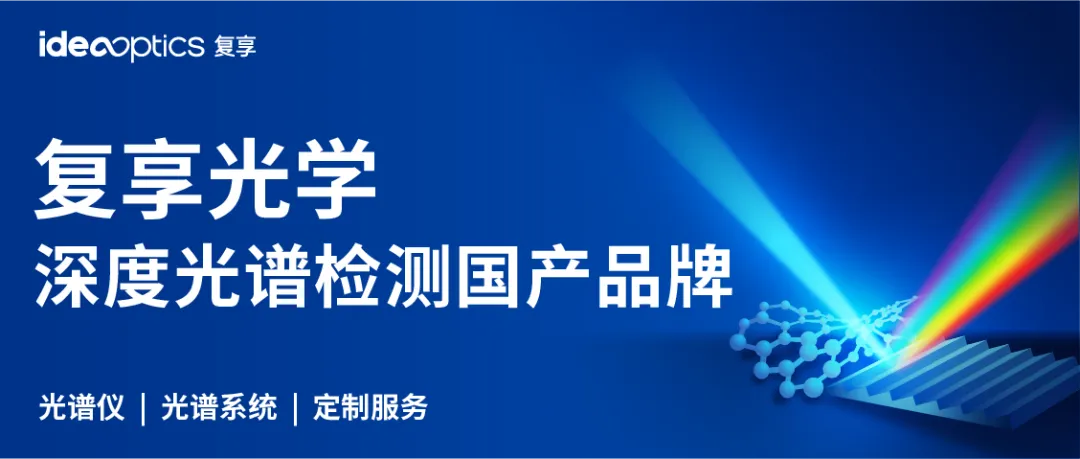
Banner
Introduction
In recent years, with the launch of wearable near-eye display devices such as Apple’s Vision Pro and Microsoft’s Hololens, virtual reality (VR) and augmented reality (AR) display technologies have gradually had a profound impact in fields such as industry, education, and healthcare. Near-eye display technology, as an important technical support for VR/AR devices, has received widespread attention and rapid development in recent years. Currently, binocular parallax 3D display is still a commonly used 3D display technology in near-eye displays, which suffers from the vergence-accommodation conflict (VAC) problem, causing eye fatigue and discomfort during prolonged viewing. Retinal projection display (RPD) alleviates this issue by limiting the exit pupil diameter of the imaging system, using converging fine light beams to directly project images onto the human retina, thus expanding the depth of field perceived by the human eye. However, RPD near-eye displays struggle to provide defocus blur of multi-focal images, resulting in a lack of monocular depth cues and difficulty in achieving natural near-eye 3D display.
To address this issue, Professor Lü Guoqiang and Associate Researcher Wang Zi from Hefei University of Technology proposed a method to precisely control the beam width and depth of field of holographic RPD, enabling the direct projection of multi-focal images onto the retina, achieving lens-free holographic RPD near-eye display with significant depth cues. Recently, this research was published in the journal Liquid Crystal and Display (indexed in ESCI and Scopus, a core Chinese journal) in the 2024, Issue 7, and was selected as the cover article for that issue.
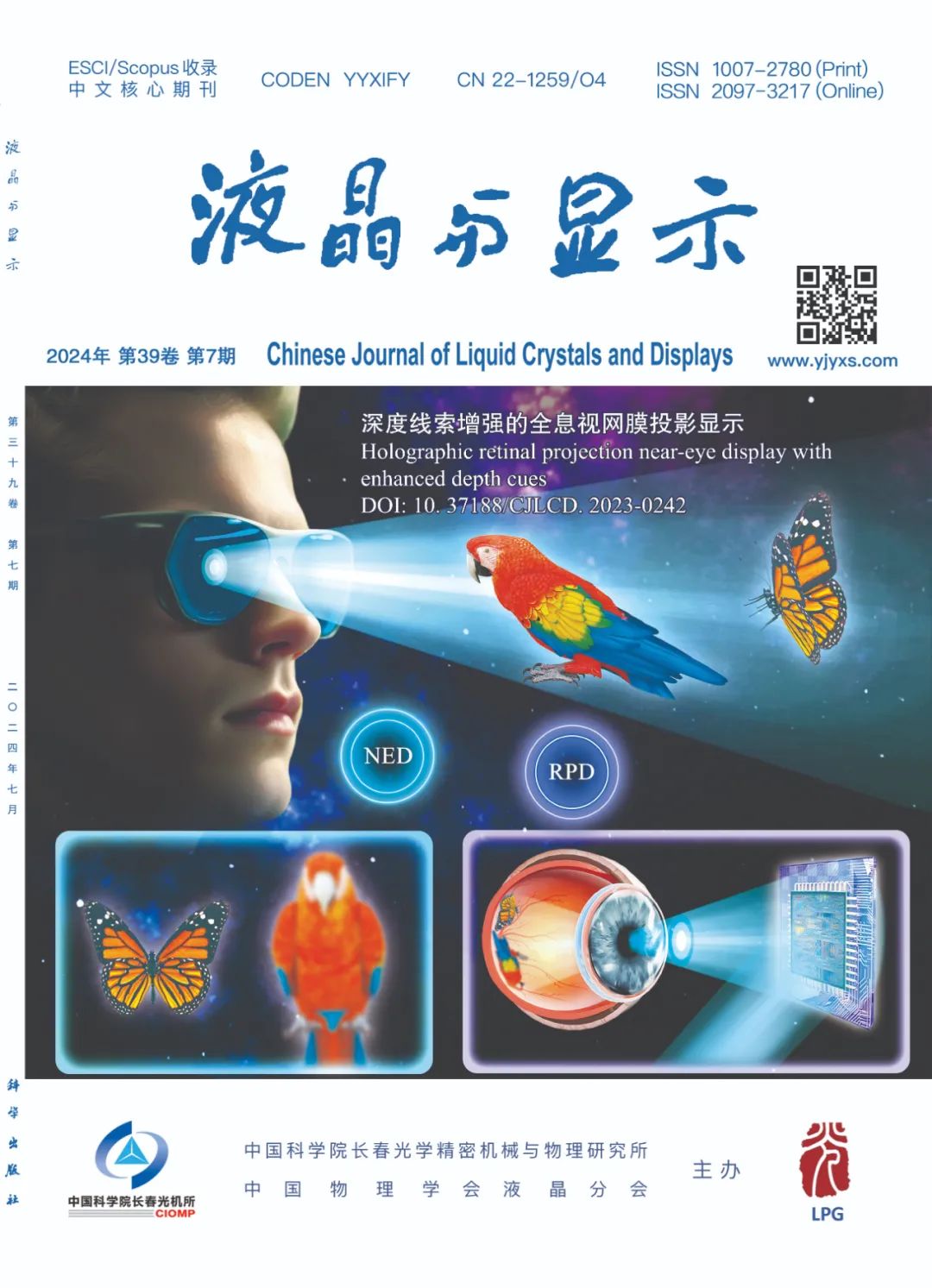
Fig. 1: Cover image of Liquid Crystal and Display, Issue 7, 2024
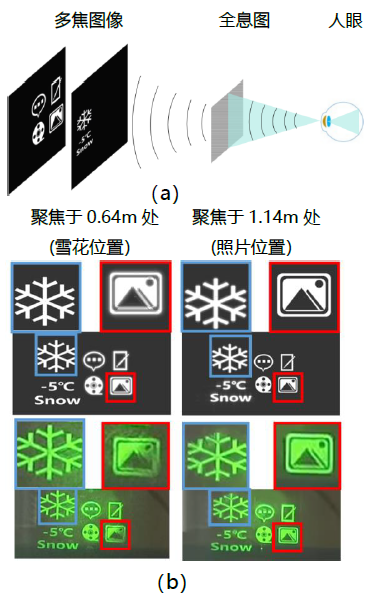
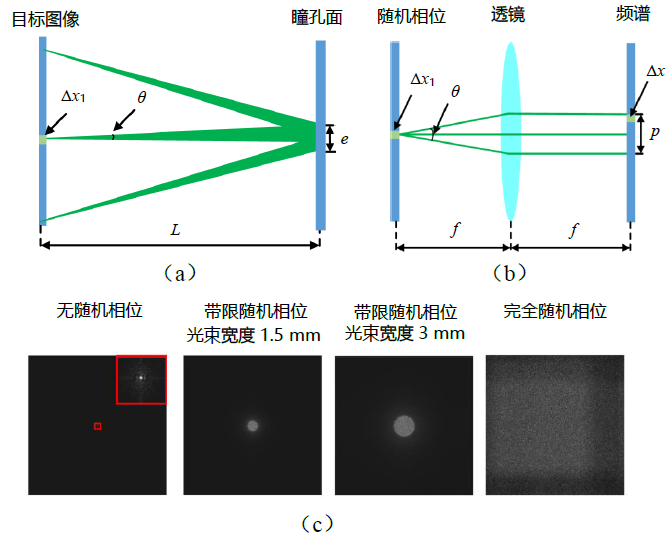
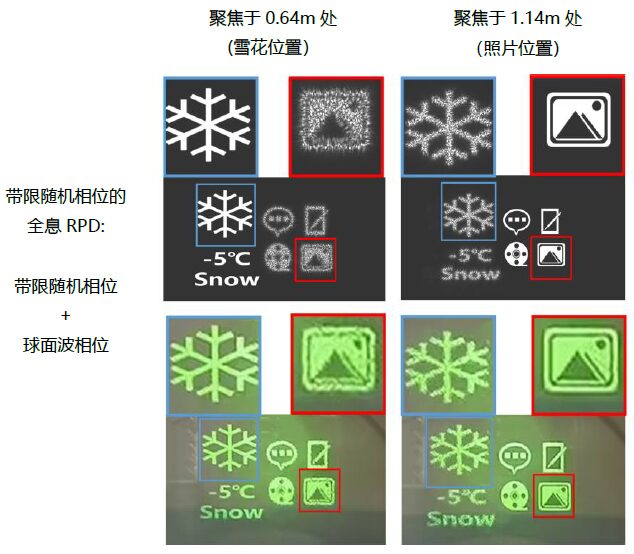
Fig. 4: Simulation and experimental reconstruction images of holographic RPD based on band-limited random phase at different focusing depths
Image source: Liquid Crystal and Display, 2024, 39(7): 901-908. Fig.7
Conclusion and Outlook
Paper Information
Corresponding Author Information
